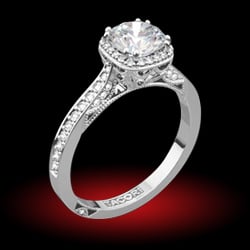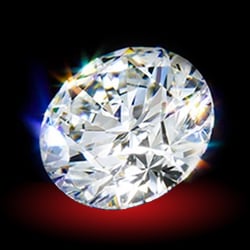antidentite
Rough_Rock
- Joined
- Oct 22, 2007
- Messages
- 16
Diamond is an AGS000, SI1 that was graded such because there''s a cloud in the middle of the pavilion that''s viewable under the microscope, or upon VERY close inspection.
Will this cloud reduce the overall light return of a round brilliant diamond? Cut is the most important factor, and clarity is the least as long as it''s eye clean. But I want to make sure that a "cloudy" AGS000 doesnt cancel out the Ideal cut...
Will this cloud reduce the overall light return of a round brilliant diamond? Cut is the most important factor, and clarity is the least as long as it''s eye clean. But I want to make sure that a "cloudy" AGS000 doesnt cancel out the Ideal cut...











300x240.png)